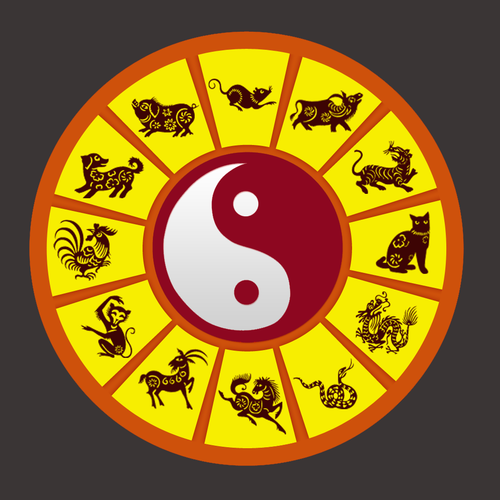Do you know how the Vietnamese calendar works ?
In Western countries, we use the Gregorian solar calendar of Roman origin. However in Vietnam, as in China, the Gregorian calendar is only used for official dates. For everyday life, it is the luni-solar calendar that prevails. The day and the year are based on the race of the sun while the month is calculated according to the moon.
The period of twelve lunations (355 days) must from time to time be aligned with the solar year (365 days) by addition of an extra lunation or intercalary month (Thang nhuân), also called 13th month. This 13th month comes back every three years approximately and is added between the third and the fourth lunar month.
The dates of great celebrations thus varies according to the lunar calendar. For example, the date of the Vietnamese New Year is determined by the first day of the new moon that marks the beginning of the year.

Inspired by the Chinese model, the Vietnamese calendar begins in 2637 BC. It is unique and does not match neither the lunar calendar nor the Gregorian (or Western) calendar: for example, the current year is 2017 if we follow the Gregorian calendar, which corresponds to the year 4654 of the Vietnamese calendar.
For the Vietnamese people, time is divided into 60-year cycles, which are themselves subdivided into two other types of cycle. The first cycle has 12 years called the “12 terrestrial branches” (represented by the 12 animals). The other cycle is smaller and has 10 years, called the “10 celestial trunks” associated with yin and yang as well as with the five elements: wood, fire, earth, metal and water.
Thus, each new year corresponds to a symbolic animal to which one of the 5 elements is associated. The 12 signs (terrestrial branches) are the Rat, the Ox, the Tiger, the Cat, the Dragon, the Snake, the Horse, the Goat, the Monkey, the Rooster, the Dog and the Pig.
Knowing that there are only 10 trunks, when the cycles associations finish, the first trunk will again be associated to the 11th branch, the second trunk to the 12th branch, then the 3rd trunk to the first branch and so on … After 60 years, the cycle is completed by the last trunk being associated with the last branch. Everything is ready to start another sexagesimal cycle by the first trunk Giáp, associated with the first branch Tí (Giáp Tí) …
If you want to visit and explore Vietnam major touristic cities in a very unusual and interactive way, book our life-size treasure hunts in Hanoi (The Seal of the Emperor), in Ho Chi Minh City (the Strange case of Dr Lam) and in Hoi An (The Malediction of the Jiangshi).




